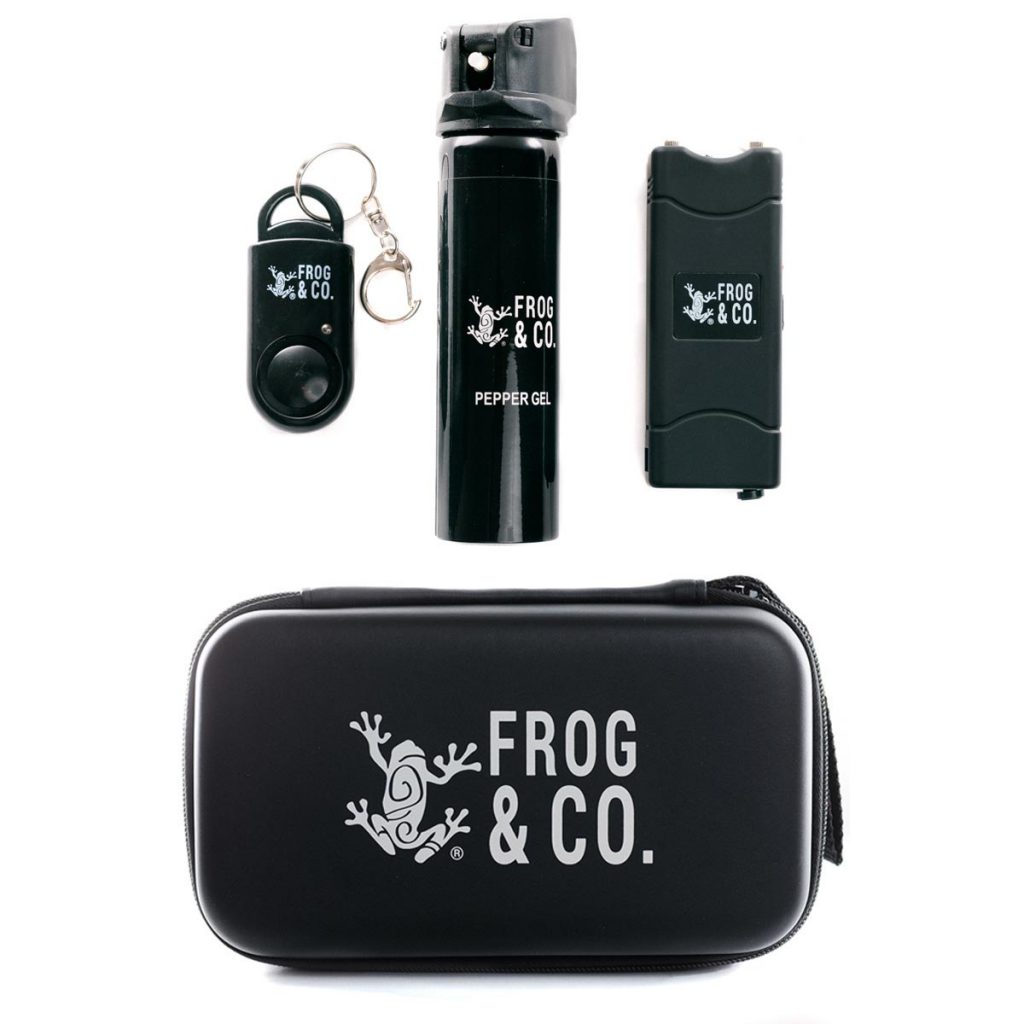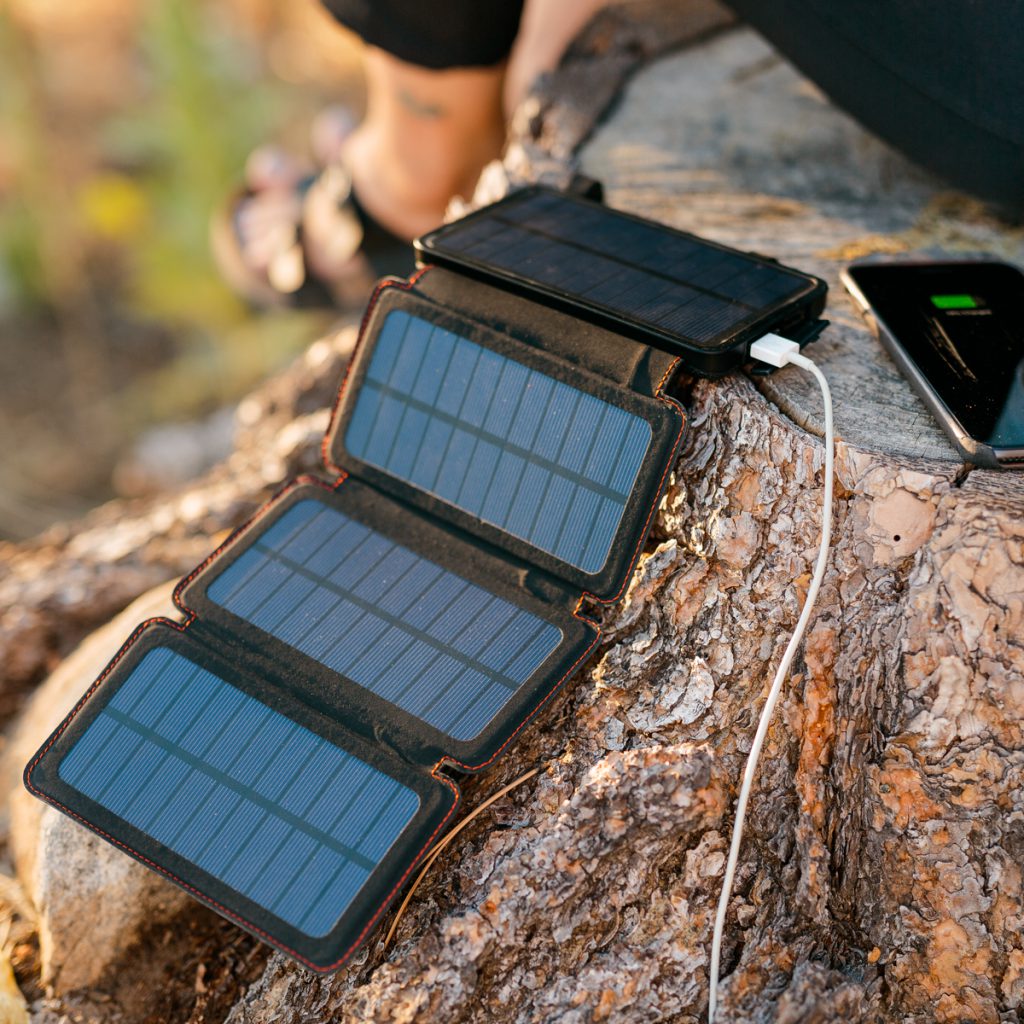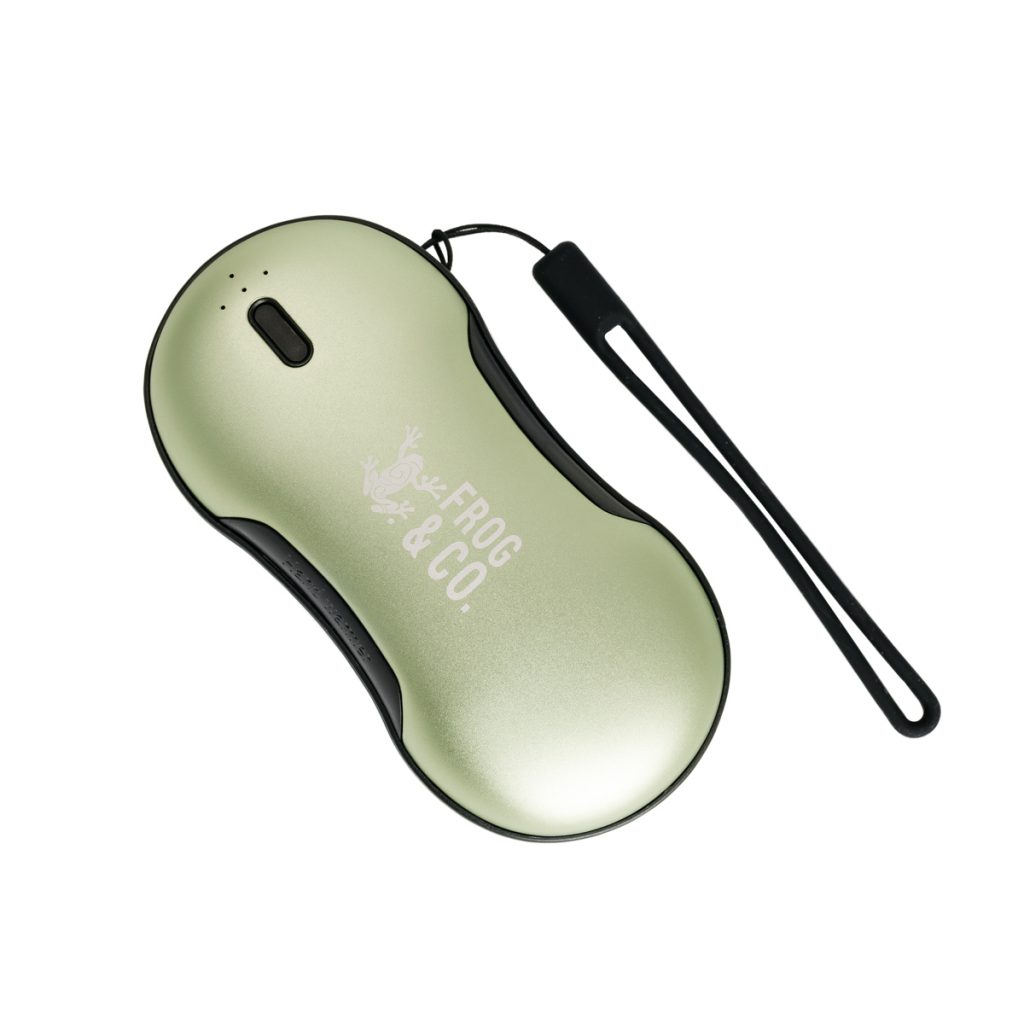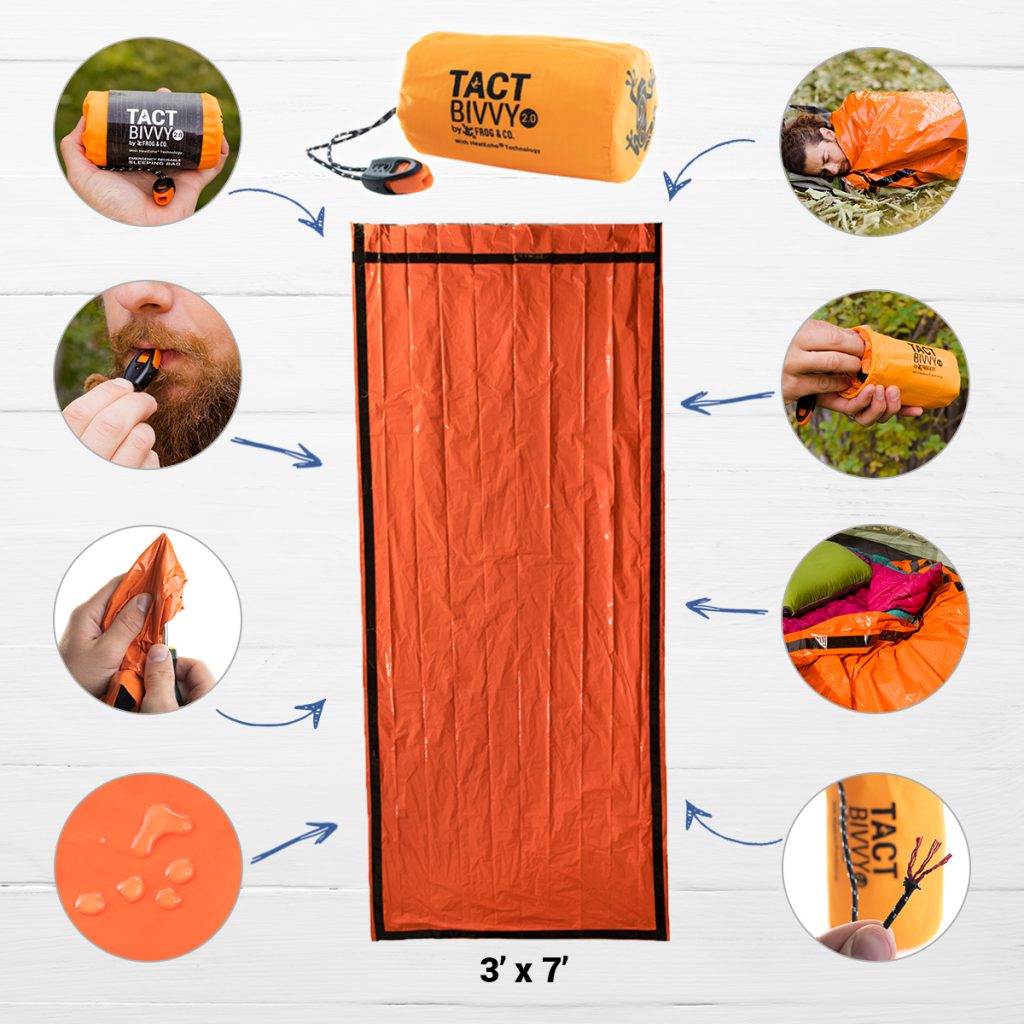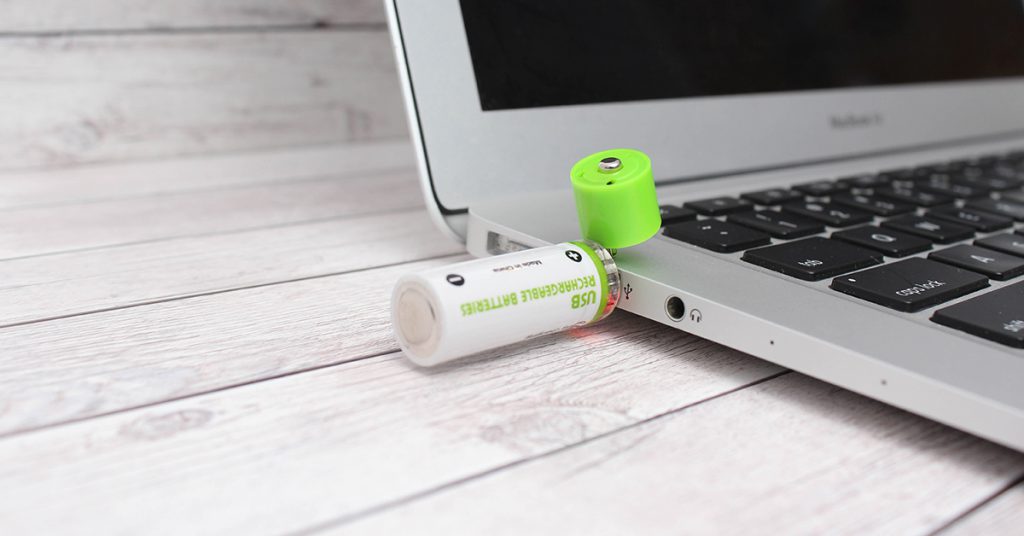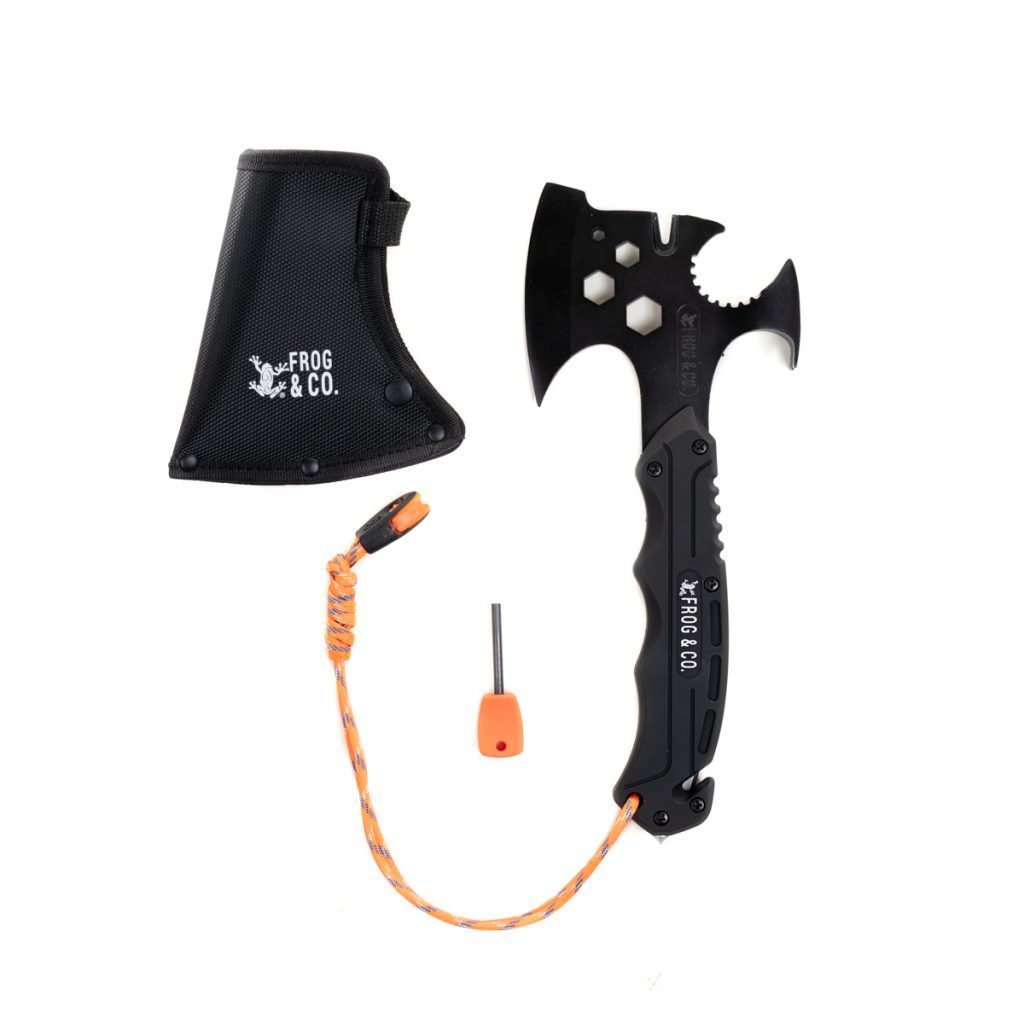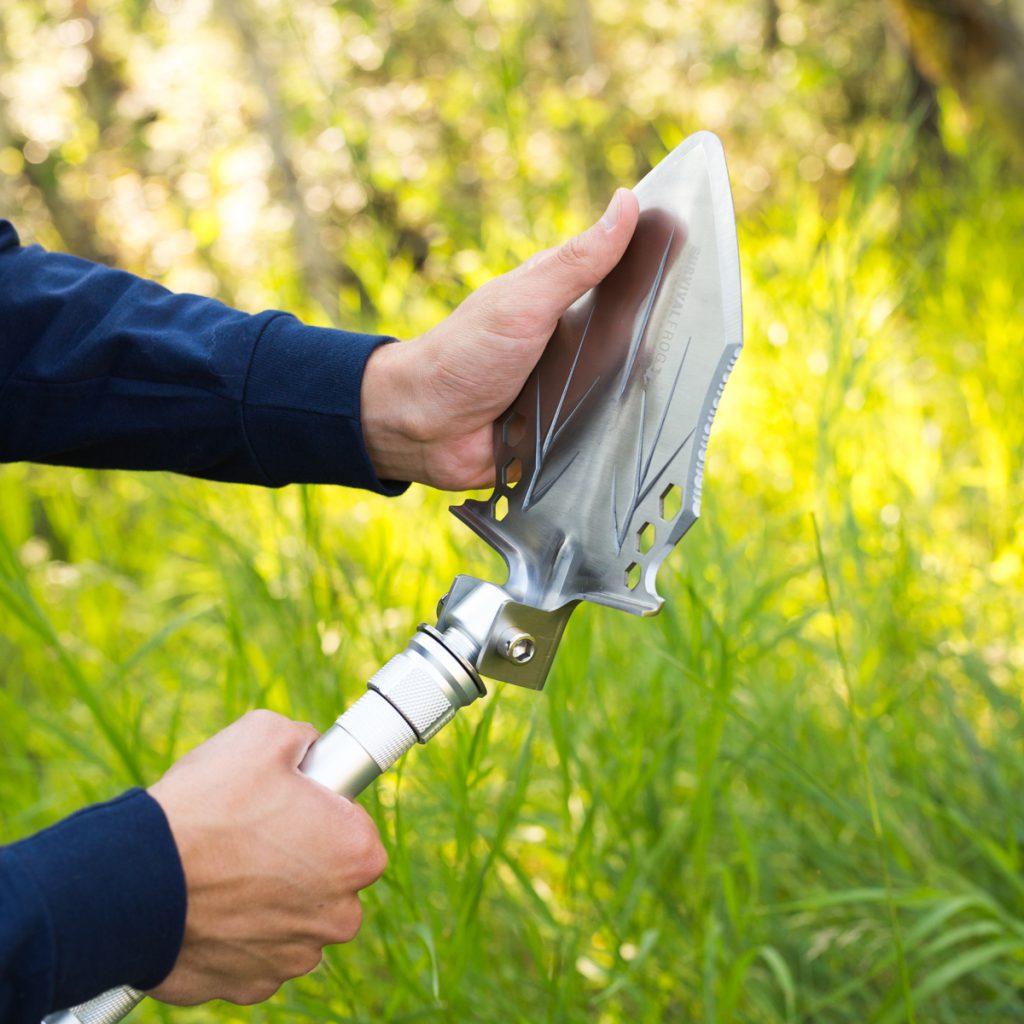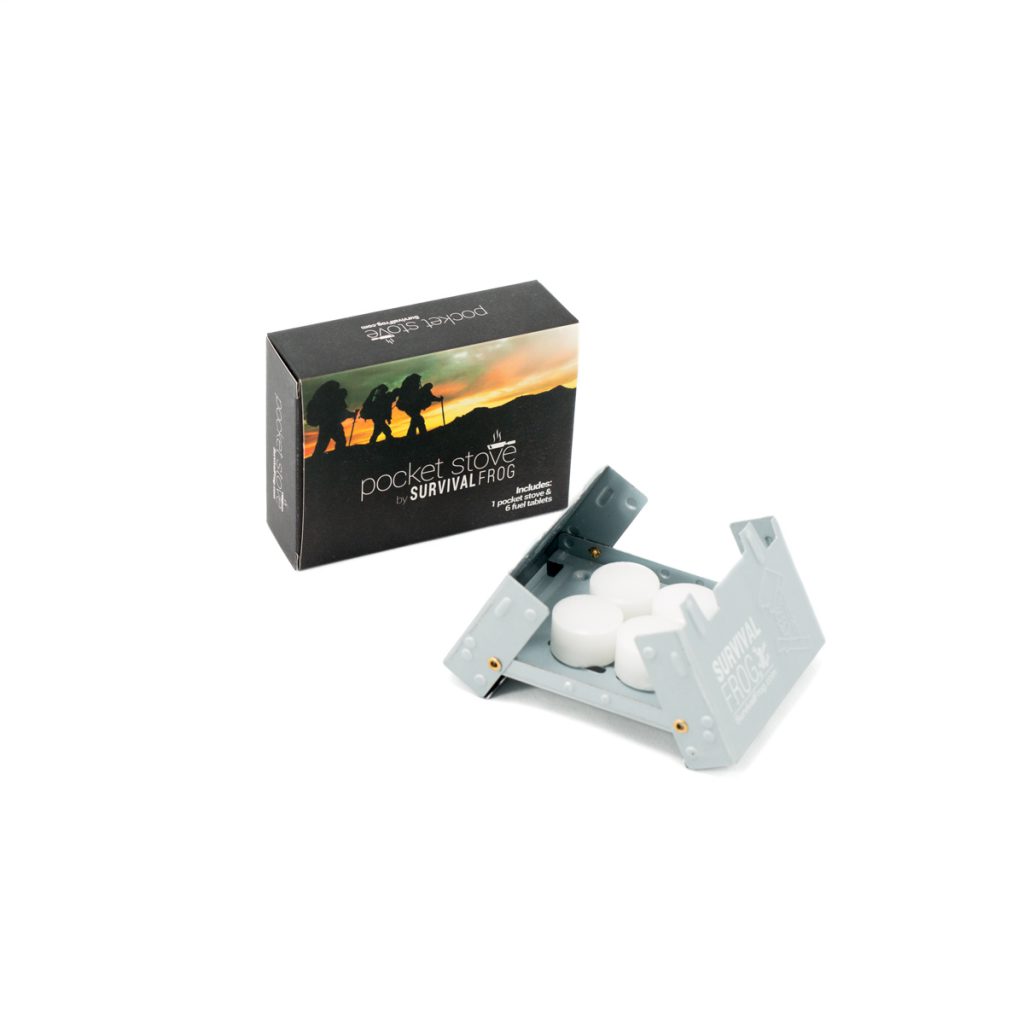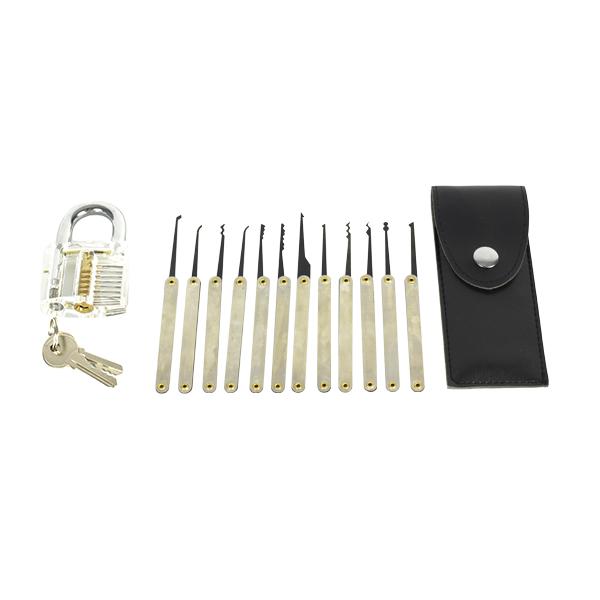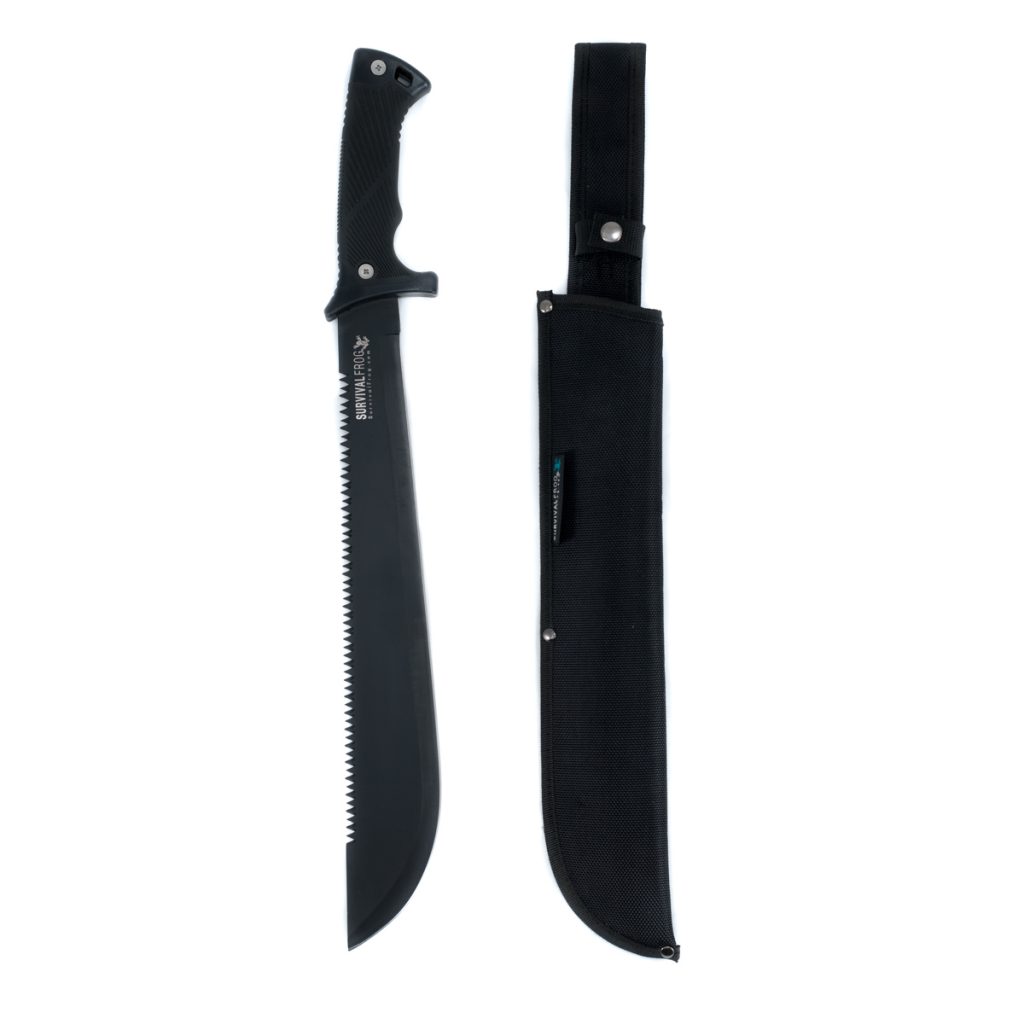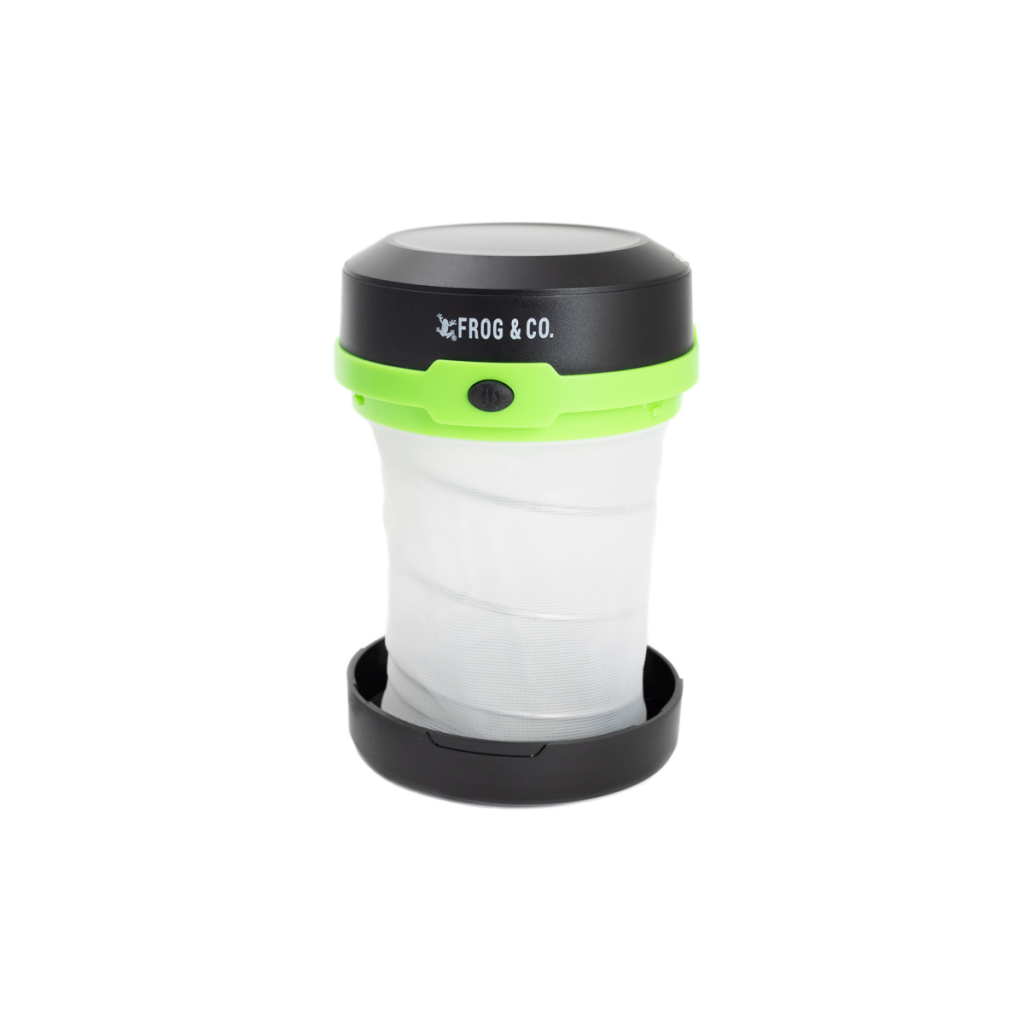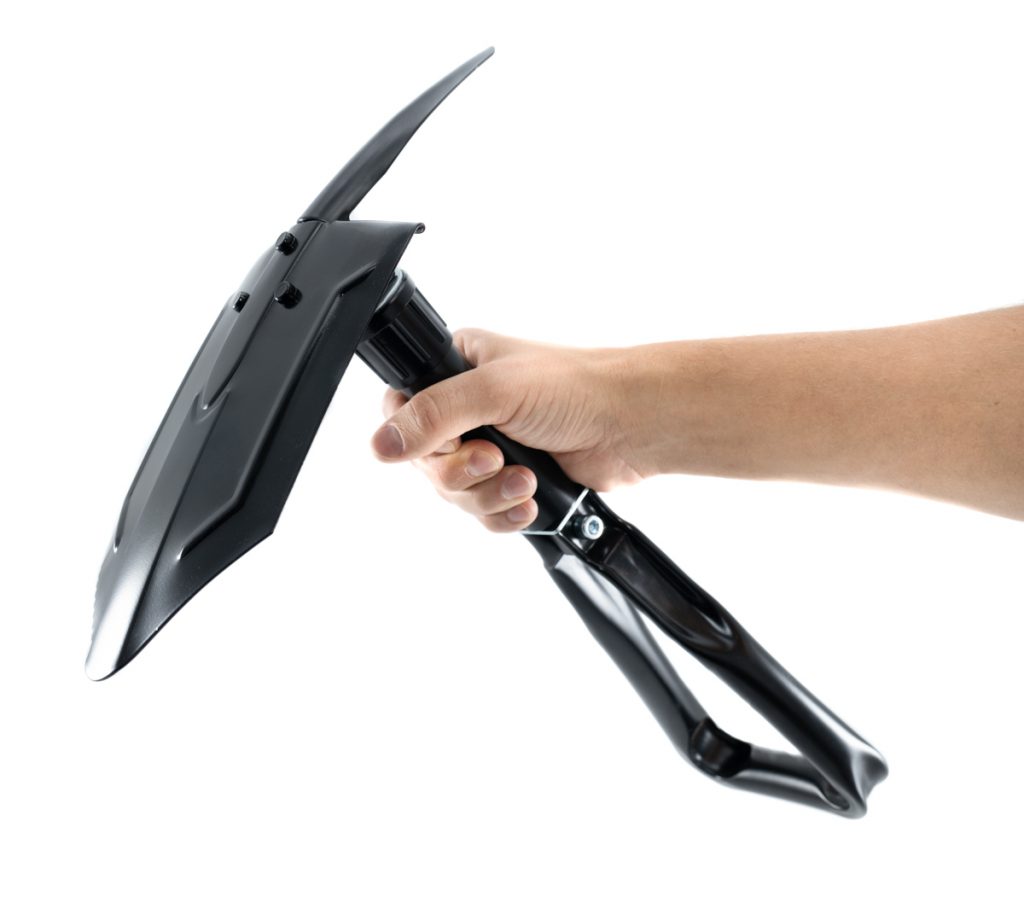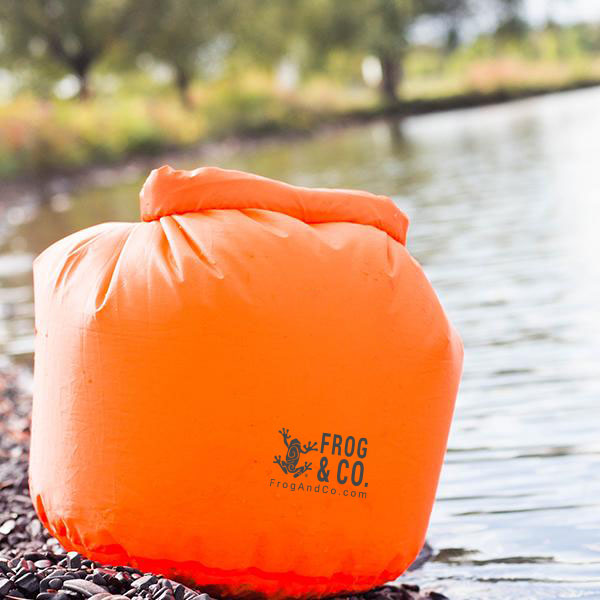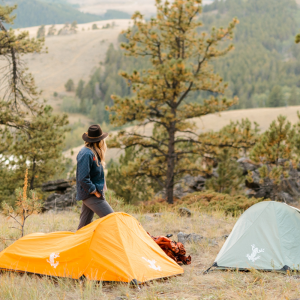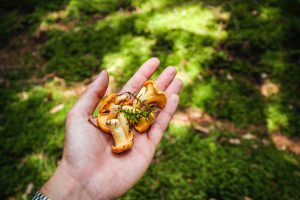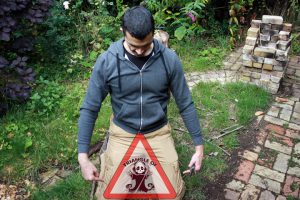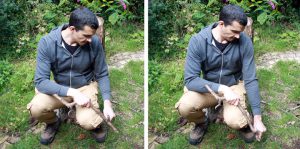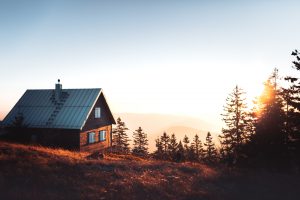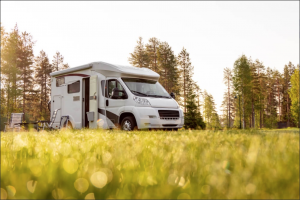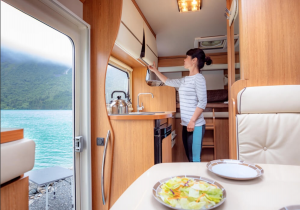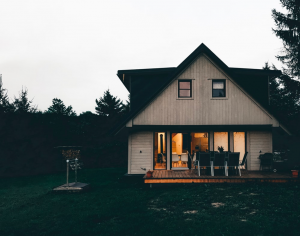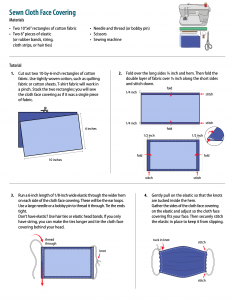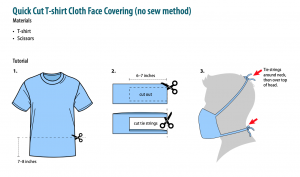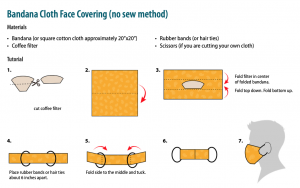Here are the top-selling survival and outdoor gear items for the year 2021. What a year it has been! This list contains not only the top-selling gear but also the most reviewed by customers with the highest ratings. The Survival Frog team has also tested these items extensively in our own lives. This is the list of top 20 gifts we plan on giving to friends and family this year!
#1 Tough Tesla Lighter 2.0 – Outdoor, Waterproof Dual Arc Plasma Lighter
This lighter is tough! The new “top-facing plasma arcs” design replaces the previous version.
- Windproof, waterproof, shockproof – works great in rainy or windy conditions
- No flames, no smoke, no fuel
- Top-Facing Dual Arc Electric Lighter
- Plus paratinder lanyard, rescue whistle & waterproof flashlight with three settings!
__________________________________________________________
#2 QuickHeat Rechargeable Hand Warmer with Portable Power Bank
Keeps your hands toasty and phone charged. Top seller in 2018 and 2019, it’s the most requested product for the holidays.
- Heats up to 104-140 degrees Fahrenheit
- Charger for your small USB electronic devices (phone, etc)
- Lasts 2-6 hours, and is rechargeable
__________________________________________________________
#3 Pocket Jumper Pro 2.0 Car & Truck Jump Starter
Never be stranded with a dead battery again, and no need to flag down a stranger for help.
- Can jump start 20 cars on 1 charge
- Includes jumper cables and zip-up storage case
- Charger for USB devices (cell phone, etc)
- Redesigned in 2019, now powerful enough to jump diesel and trucks
__________________________________________________________
#4 LifeShield® Self Defense Kit w/Stun Gun, Pepper Spray, Personal Alarm & Carrying Case by Frog & CO
Three self-defense tools in one kit (check out the link for specs)!
- Non-lethal injury, you stay safe and out of custody
- Keep your loved ones safe
- Easy to use, no training required
__________________________________________________________
#5 Mixed Meat All Natural 28 oz Jumbo Cans by Survival Cave Foods
25 Year Shelf Life!
- Cases include: Beef, Chicken, Pork, & Turkey
- It’s delicious, healthy & versatile!
- Made in the USA, meat is locally sourced and hand picked
__________________________________________________________
#6 QuadraPro Solar Power Bank with Wireless & Dual USB Charging
Keep your phone charged wherever you are! Redesigned in 2019 to be even better.
- Charges fast with solar, or USB power outlet
- Charge 3 cell phones at once, includes wireless charging
- Water-resistant and built-in flashlight
- Built-in loops and magnets for easy hanging in the sun
- 5.5 Watt power
__________________________________________________________
#7 QuickHeat PRO Rechargeable Hand Warmer with Portale Power Bank by Frog & Co
Keep your phone charged wherever you are! Redesigned in 2019 to be even better.
- Charges fast with solar, or USB power outlet
- Charge 3 cell phones at once, includes wireless charging
- Water-resistant and built-in flashlight
- Built-in loops and magnets for easy hanging in the sun
- 5.5 Watt power
__________________________________________________________
#8 Tact Bivvy® 2.0 Emergency Sleeping Bag w/ HeatEcho® Technology, Paratinder Drawstring, & Whistle
The top-selling emergency sleeping bag. Redesigned in 2019 with all-new features.
- Now includes paratinder, whistle, and carabiner
- Waterproof, windproof, tear-resistant
- Reflects 90% of your body’s heat back to you
- Reusable and now comes in a larger stuff sack
__________________________________________________________
#9 EasyPower™ USB Rechargeable AA Batteries with 4-Port Charger
Durable and long-lasting AA rechargeable batteries.
- Charges anywhere there is a USB port
- Gives over 500 charges
__________________________________________________________
#10 Zombinator Survival Hatchet – Multi Tool Axe by Frog & CO
Full Tang Hatchet Blade – chop through pretty much anything (including zombies) with this tool!
- Hammer head, nail claw, pry bar, & hex sockets
- A powerful pickaxe for tough materials
- Easy to sharpen when dull
#11 Stealth Tact Shovel Modular Multifunction Entrenchment Tool by Frog & CO
12 incredible tools in one: Includes a shovel, knife, hatchet, saw, hoe, glass breaker, fire starter, fish scaler, bottle opener, hex wrenches, Phillips head screwdriver, and even a watertight compartment for your valuables.
- Intimidating Self-Defense Weapon
- Easy Collapsible Storage
- As Long or as Short as You Need
- Stable, Secure, Easy to Use, & Lightweight
__________________________________________________________
#12 Survival Playing Cards – by Frog & CO
Play Poker, bridge, gin rummy or just use these survival playing cards as a fun educational tool for your family and friends. They also make a great and unique gift or stocking stuffer!
- Examples include:
-
- Surviving an Airplane Crash
- Surviving Quicksand
- Surviving a “Knockout” Punch
- Surviving a Shark Attack
-
__________________________________________________________
#13 Pocket Stove Folding Camping Stove with Hex Fuel Tablets
Simple and lightweight (3.8 oz!) for the easiest and best cooking experience!
- Small and compact
- Self-contained – fuel tablets fit in stove – for easy packing
- Smoke-free & super durable
__________________________________________________________
#14 Ultimate Access Lock Pick Set + Free Ebook
You’ll never need a locksmith again!
- High quality picks that can open nearly any lock you’ll encounter
- 12 different picks, 3 tension wrenches, 1 see-through padlock & a leather pouch included
- Lightweight, compact, tough & durable
- Free Ebook download included!
__________________________________________________________
#15 Essential Tact Machete Knife with Full Tang Blade
Whether you are facing dense brush or surprise predators, you’ll be glad to have this 15” inch blade for protection.
- Razor-sharp steel
- Corrosion resistant & stealthy
- Non-slip handle & lightweight
__________________________________________________________
#16 NEW! Pop-Up Solar Lantern by Frog & Co
Get a versatile solar and USB rechargeable light that’s not only great for camping but doubles as an essential survival too.
- High, Low, SOS, and flashlight modes
- Phone charger for emergencies
- 3-6 hours of continous light
- Waterproof & weather resistant
__________________________________________________________
#17 The Digger Folding Shovel with Pick
Gardening, camping or digging out of a danger? Our new folding shovel can do it all.
- Saw edge and pick to get through the toughest materials
- Foldable and lightweight for easy packing
- Pick attached and bag included
__________________________________________________________
#18 HydroStop Lightweight Dry Bag
Lightweight dry bags that will keep your gear safe and all water out. Just roll down the top and lock the buckle.
- Gear stays dry even while completely submerged in water
- Medium size has 20 liters of space & large has 40 liters
- Ultra-lightweight, folds up small, & durable
__________________________________________________________
#19 Aura Plus Digital Night Vision Monocular
Hands down, the best low-cost night vision on the market!
- Take pictures and video
- Great for camping, home surveillance & blackouts
- Sleek design & small enough to fit in the palm of your hand
__________________________________________________________
#20 Solo Bivy Tent 1-Person Backpacking Tent with Rain Fly by Frog & Co
Lightweight material designed to stay warm during cold weather and stay cool during hot weather.
- Setup is easy with two aluminum rods to attach together.
- Pre-sealed seams and reinforced rain-fly keeps the rain out so you stay warm and dry safely inside the tent.
- Weighs a mere 2.9 pounds!
__________________________________________________________






